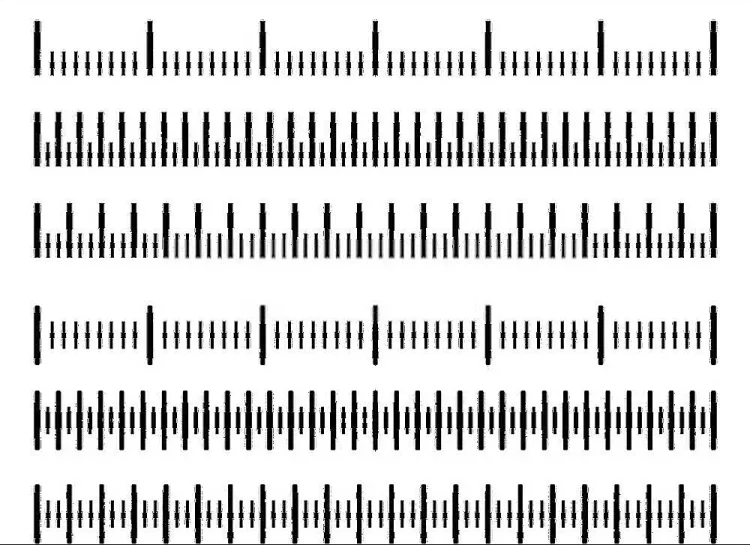A ruler is a tool used to measure length or distance. It is typically a flat, rectangular piece of plastic or wood with markings on it that indicate specific measurements in inches or centimetres. Rulers can also have additional features such as a level or a protractor. They are commonly used in a variety of settings, including schools, offices, and workshops.
You have to make sure that the ruler that you choose is accurate in doing measurements. And to find accuracy, you have to calibrate a ruler. By following this guide, you’ll come to know whether your ruler is accurate or not.
What is Calibrated Precision Rule
A calibrated precision rule, also known as a precision ruler or a dial caliper, is a type of measuring tool that is used for highly precise measurements. It typically consists of a long, straight metal rule with markings on it that indicate specific measurements in inches or millimeters.
The key difference between a calibrated precision rule and a regular ruler is the presence of a Vernier Scale which allows for much more precise measurements, usually to the thousandth of an inch or tenth of a millimeter.
Additionally, some Calibrated Precision Rule come with a Digital display that gives you the readings directly. They are commonly used in manufacturing, engineering, and scientific research.
BS 4372 is a British Standard that specifies the requirements for precision rules, including calibrated precision rules. According to this standard, precision rules must maintain a set level of tolerance at a standard temperature of 20 °C (68 °F). This means that the measurements taken with the precision rule should be accurate within a certain range, even when the tool is used at a temperature of 20 °C.
This standard also lays down the requirement for the precision rule to be made of a suitable material and to have clear, easy-to-read markings. The precision rule should be able to withstand normal handling and be of a suitable size and design for the task for which it is intended.
Precision rules that conform to the BS 4372 standard are considered to be of high quality and are suitable for use in a wide range of applications, including manufacturing, engineering, and scientific research.
Calibrating Ruler Accuracy
To check the accuracy of a steel rule, you can follow these steps:
- Compare the steel rule to a known accurate measurement tool, such as a contour gauge, micrometer, or digital caliper. Make sure the measurement is taken on a flat, stable surface.
- Measure the same length multiple times and take an average of the measurements. This will help to account for any slight variations in the measurement.
- Check the steel rule for any visible damage, such as bent or dented sections, which could affect accuracy.
- Check for any burrs or nicks on the edges of the steel rule that could cause inaccuracies.
- Compare the measurements taken with the steel rule to the measurements taken with the known accurate measurement tool. If there is a significant difference, the steel rule may need to be calibrated or replaced.
Bottom Line
In conclusion, calibrating a ruler is a simple process that can ensure accurate measurements for any project. By using a standard measuring tool such as a micrometer or a gauge block, and following the steps outlined in this article, you can ensure that your ruler is properly calibrated and ready for use. Remember to regularly check and recalibrate your ruler to ensure continued accuracy. With a calibrated ruler, you can trust your measurements and have confidence in your work.

Meet Max, the founder and lead writer of our home improvement blog. He is a seasoned home renovation and design expert with over 8 years of experience in the industry.
Max has a passion for creating beautiful and functional living spaces and is dedicated to helping homeowners and DIY enthusiasts achieve their home improvement goals. He has worked on a wide range of projects, from small updates to full-scale renovations, and has a wealth of knowledge and experience to share.
As an avid DIYer, Max understands the challenges and rewards of tackling a home improvement project and enjoys sharing his tips, tricks and insights to make the process as easy and enjoyable as possible. In his free time, Max can be found working on his own home renovation projects, reading design blogs and magazines, and travelling to explore new design trends.
Max is excited to share his knowledge and experience with you and hopes to inspire and empower you to take on your next home improvement project with confidence. Follow Max on LinkedIn for more inspiration and expert advice.


